Royal beauty, a concept as enduring as the crowns themselves, has captivated imaginations for centuries. From the opulent courts of ancient Egypt to the modern palaces of Europe, the pursuit of beauty has been intertwined with power, status, and cultural ideals.
Throughout history, royal figures have shaped and been shaped by beauty standards, wielding their allure as a tool of influence and a reflection of their times. From the elaborate rituals of ancient queens to the modern-day impact of social media, the story of royal beauty is a fascinating exploration of aesthetics, power, and the evolution of societal norms.
Historical Evolution of Royal Beauty Standards
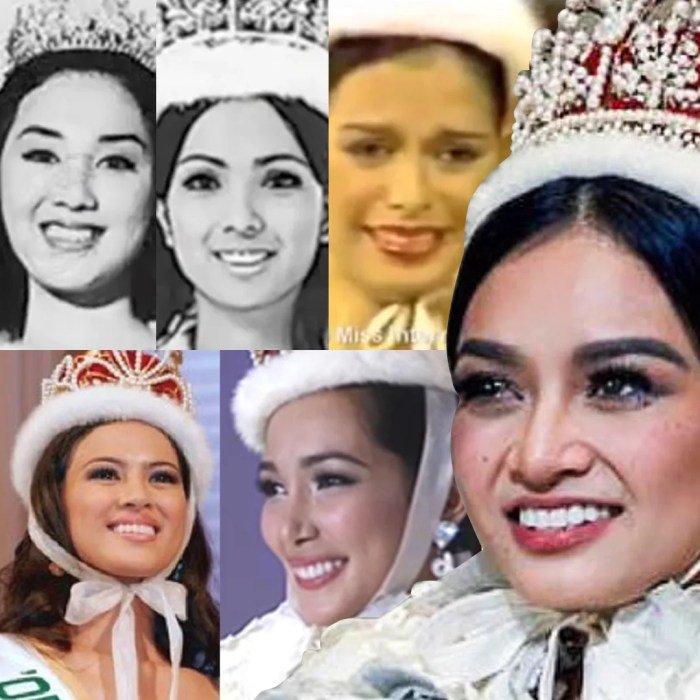
Royal beauty standards have evolved throughout history, reflecting the changing social, cultural, and political landscapes of different eras and regions. From the opulent courts of ancient Egypt to the refined elegance of the French Renaissance, royal beauty has been a powerful symbol of status, power, and cultural ideals.
Ancient Egypt
Ancient Egyptian royalty embraced a distinct beauty aesthetic characterized by elongated eyes, smooth skin, and a slender physique. The pharaohs and queens were adorned with elaborate jewelry, makeup, and hairstyles, reflecting their divine status and power. Queen Nefertiti, renowned for her striking beauty, exemplified the ideal Egyptian beauty with her almond-shaped eyes, sculpted nose, and full lips.
She was often depicted wearing a distinctive crown and intricate makeup, including kohl eyeliner and red ochre lipstick.
Ancient Greece
Ancient Greek beauty standards emphasized a balanced and harmonious physique, as reflected in the sculptures of classical Greek art. The ideal woman was characterized by a slender figure, fair skin, and long, flowing hair. The goddesses Aphrodite and Athena embodied these ideals, representing beauty, love, and wisdom, respectively.
Women of the time used various beauty products, including olive oil, honey, and rosewater, to maintain their skin and hair.
Medieval Europe
Medieval European beauty standards emphasized a pale complexion, rosy cheeks, and long, flowing hair. Women of the time often wore elaborate hairstyles, including braids, buns, and elaborate head coverings. The use of cosmetics was frowned upon by the Church, but some women still used rouge and lip balms to enhance their features.
Queen Eleanor of Aquitaine, a powerful queen and patron of the arts, was known for her elegant beauty and sophisticated style.
Renaissance Italy
The Renaissance era in Italy witnessed a shift towards a more idealized and sophisticated beauty standard. The ideal woman was characterized by a slender figure, fair skin, and a graceful demeanor. Women of the time wore elaborate gowns, often adorned with jewels and embroidery.
The use of cosmetics became more widespread, and women used rouge, lipstick, and eyeshadow to enhance their features. Caterina de’ Medici, Queen of France, was known for her refined beauty and her influence on fashion and beauty trends.
18th Century Europe
The 18th century in Europe was marked by a renewed emphasis on natural beauty. Women of the time favored a pale complexion, rosy cheeks, and a slender figure. They wore simple hairstyles, often with curls or braids. The use of cosmetics was still limited, but women used rouge and powder to enhance their features.
Royal beauty often evokes images of elegance and refinement, but true beauty transcends superficial appearances. The poignant tale of Black Beauty, a horse who endures hardship and injustice, explores the inherent beauty of resilience and strength, qualities that resonate with royalty and commoners alike.
You can find the book black beauty anna sewell book , which reminds us that true beauty lies in the heart and spirit, regardless of social standing.
Marie Antoinette, Queen of France, was known for her elegant style and her influence on fashion trends.
19th Century Europe
The 19th century in Europe witnessed a shift towards a more romantic and idealized beauty standard. Women of the time favored a pale complexion, rosy cheeks, and a delicate figure. They wore elaborate hairstyles, often with curls or braids, and often wore corsets to achieve a more hourglass figure.
The use of cosmetics became more widespread, and women used rouge, lipstick, and eyeshadow to enhance their features. Queen Victoria, Queen of England, was known for her simple elegance and her influence on fashion trends.
20th Century and Beyond
The 20th century saw a significant evolution in beauty standards, with a greater emphasis on individuality and diversity. Royal women of the time embraced a range of styles, reflecting their personal tastes and cultural backgrounds. Queen Elizabeth II, Queen of England, has been a style icon throughout her reign, known for her elegant hats, colorful dresses, and her signature pearl necklace.
The Power of Royal Beauty
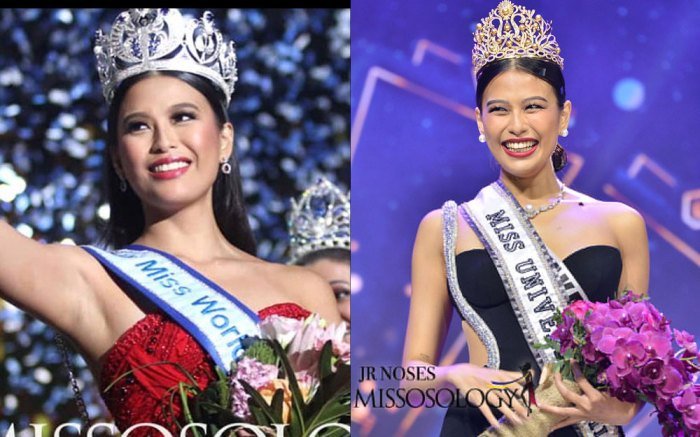
Royal beauty has long been a potent force, wielded as a tool of power and influence throughout history. Beyond its aesthetic appeal, royal beauty has been intricately intertwined with political strategy, social control, and the shaping of public perception.
The Use of Royal Beauty as a Tool of Power
Royal beauty has been strategically employed to solidify political alliances, legitimize rule, and project an image of strength and prosperity. The marriage of royal figures was often a calculated move, with beauty playing a key role in choosing partners who could enhance the power and influence of the ruling dynasty.
For example, the marriage of Cleopatra, the last active ruler of the Ptolemaic Kingdom of Egypt, to Julius Caesar and later Mark Antony, was strategically motivated. While Cleopatra was known for her intelligence and political acumen, her beauty was a powerful tool in securing these alliances, which helped her maintain control over Egypt.
Examples of Royal Figures Who Utilized Beauty for Political Gain
- Cleopatra, the last active ruler of the Ptolemaic Kingdom of Egypt, was renowned for her beauty and used it to secure alliances with powerful Roman figures like Julius Caesar and Mark Antony, ultimately aiding in her political agenda.
- Queen Elizabeth Iof England, known as the “Virgin Queen,” cultivated an image of beauty and strength that bolstered her reign. Her elaborate costumes, portraits, and carefully crafted persona projected an image of power and stability, contributing to her successful rule.
- Marie Antoinette, Queen of France, was known for her extravagant fashion and lavish lifestyle. While her beauty was admired, her lavishness also fueled resentment among the French populace, ultimately contributing to the French Revolution.
The Role of Beauty in Shaping Public Perception and Image
Royal beauty standards have been instrumental in shaping public perception and image. By setting the standard for what is considered beautiful, royal figures have influenced broader societal beauty ideals. The image of a beautiful and powerful royal figure has been used to legitimize rule and project an image of stability and prosperity.
This has been achieved through the use of propaganda, art, and fashion. For example, portraits of Queen Victoria were often idealized, portraying her as a strong and virtuous ruler, which helped to shape public perception of her reign.
The Influence of Royal Beauty Standards on Broader Societal Beauty Ideals
Royal beauty standards have historically influenced broader societal beauty ideals. The fashion and grooming practices of royal figures have often trickled down to the general population. For example, the popularity of powdered wigs and elaborate hairstyles during the 18th century was heavily influenced by the fashion of the French court.
Royal beauty standards often emphasized a flawless complexion and a regal aura, achieved through elaborate rituals and exclusive products. While today’s beauty routines are more accessible, the pursuit of a radiant look remains a common thread. For example, the ulta beauty headquarters is a testament to the modern-day obsession with beauty, offering a vast selection of products catering to a wide range of needs and preferences.
From luxurious creams to cutting-edge technology, the quest for beauty continues to evolve, drawing inspiration from both historical traditions and contemporary innovations.
The influence of royal beauty standards can be seen in modern times as well, with celebrities and influencers often setting the trends for what is considered beautiful.
Royal Beauty Rituals and Practices
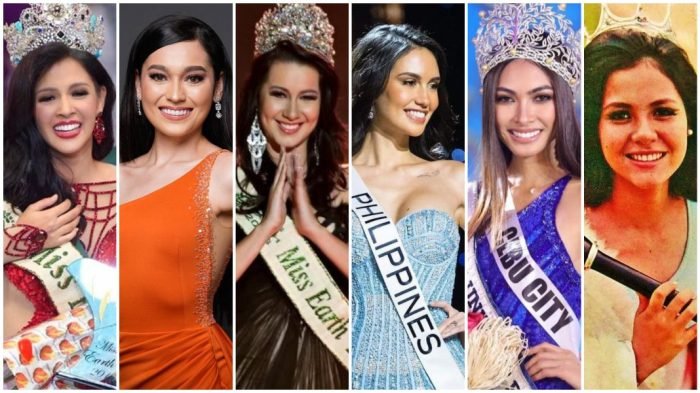
Royal beauty standards were not merely aspirational; they were meticulously maintained through elaborate rituals and practices that reflected the power and prestige of the court. These practices went beyond mere aesthetics, often incorporating ingredients and techniques believed to possess healing and rejuvenating properties.
Unique Ingredients and Techniques
The quest for royal beauty involved the use of unique ingredients and techniques that were often considered luxurious and exotic. These practices aimed to enhance complexion, hair, and overall health, reflecting the belief that beauty was intrinsically linked to well-being.
- Precious Metals and Minerals:Gold, silver, and pearls were not only prized for their aesthetic appeal but also believed to possess restorative properties. Gold leaf was applied to the skin for its supposed ability to promote radiance and youthful appearance. Similarly, silver was used in tonics and creams for its purported antiseptic and skin-brightening effects.
Pearls, ground into a fine powder, were incorporated into beauty regimens for their perceived ability to soothe and nourish the skin.
- Exotic Botanicals:The use of exotic botanicals was widespread in royal beauty practices. Rosewater, extracted from rose petals, was a popular ingredient in tonics and perfumes for its soothing and fragrant properties. Similarly, sandalwood paste, known for its calming and anti-inflammatory effects, was used in face masks and body scrubs.
Other botanicals, such as saffron, jasmine, and frankincense, were prized for their unique scents and perceived medicinal benefits.
- Animal-Derived Ingredients:Animal-derived ingredients, such as milk, honey, and beeswax, were also common in royal beauty practices. Milk baths were believed to soften and nourish the skin, while honey was prized for its moisturizing and antibacterial properties. Beeswax was used as a base for creams and ointments, providing a protective barrier for the skin.
- Complex Techniques:Royal beauty rituals often involved complex techniques designed to enhance specific features. Hair extensions, often made from human hair or silk, were used to add length and volume to the hair. Eyeliner, crafted from kohl or soot, was applied to enhance the eyes, while rouge, made from crushed berries or pigments, was used to add color to the cheeks.
Role of Personal Care Specialists
Maintaining royal beauty was a collaborative effort, involving a dedicated team of personal care specialists and advisors. These individuals possessed specialized knowledge and skills, ensuring that the royal beauty standards were upheld with the utmost precision.
- Hairdressers and Wig Makers:Hairdressers and wig makers played a crucial role in shaping the royal image. They were responsible for creating elaborate hairstyles, using intricate techniques to weave, braid, and adorn the hair with jewels and flowers. Wig makers crafted wigs from human hair or other materials, allowing for greater versatility and styling options.
- Cosmetologists and Perfumery Specialists:Cosmetologists were skilled in applying makeup, using a range of pigments, powders, and creams to enhance the complexion and features. Perfumery specialists, on the other hand, were responsible for creating bespoke fragrances, blending essential oils and botanical extracts to create unique scents that reflected the royal status.
- Bath Attendants and Massage Therapists:Bath attendants assisted with bathing and grooming rituals, using luxurious soaps and oils to cleanse and nourish the skin. Massage therapists were skilled in various techniques, using their knowledge of anatomy and physiology to alleviate tension and promote relaxation.
Royal Beauty Practices and Modern Counterparts
Many royal beauty practices, though rooted in historical context, have modern counterparts, demonstrating the enduring influence of these traditions.
| Royal Beauty Practice | Modern Counterpart |
|---|---|
| Gold leaf application for skin radiance | Gold-infused skincare products |
| Rosewater tonics for soothing and fragrance | Rosewater-based toners and facial mists |
| Milk baths for skin softening | Milk-based bath products and lotions |
| Honey masks for moisturizing and antibacterial benefits | Honey-based face masks and skincare products |
| Hair extensions for length and volume | Human hair and synthetic hair extensions |
| Kohl eyeliner for eye enhancement | Kohl eyeliner pencils and liquid eyeliners |
The Influence of Royal Beauty on Art and Culture
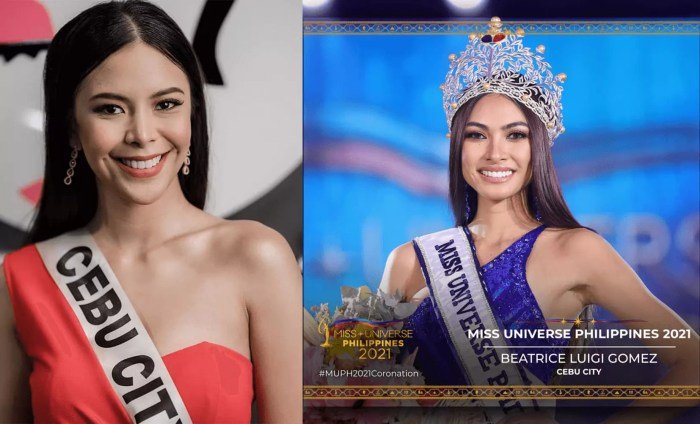
Royal beauty has been a powerful force in shaping artistic expression and cultural norms throughout history. From ancient Egypt to the Renaissance, the idealized beauty of royalty has inspired countless works of art, literature, and music, influencing fashion trends, social values, and even perceptions of the human form.
Depiction of Royal Beauty in Art
The pursuit of capturing royal beauty in art has been a constant throughout history, with artists striving to convey the elegance, power, and grace associated with royalty.
Royal beauty often conjures images of elaborate gowns and shimmering jewels, but it’s also about a sense of strength and vitality. If you’re looking to cultivate that inner strength, Crunch Fitness Daly City offers a variety of fitness classes and equipment to help you achieve your goals.
After all, a healthy body is a beautiful body, whether you’re a queen or just a regular person looking to feel their best.
- Ancient Egypt:The iconic image of Queen Nefertiti, with her elongated neck, almond-shaped eyes, and symmetrical features, embodies the Egyptian ideal of beauty. Her bust, meticulously crafted by the sculptor Thutmose, exemplifies the emphasis on idealized beauty and the divine status attributed to royalty in ancient Egypt.
- Renaissance:During the Renaissance, artists like Leonardo da Vinci and Raphael celebrated the beauty of the Italian aristocracy. Da Vinci’s “Mona Lisa” is a prime example, capturing the enigmatic smile and refined features that were considered desirable in the era. Raphael’s “Portrait of Baldassare Castiglione” portrays the elegance and refinement of a Renaissance nobleman, showcasing the influence of royal ideals on the art of portraiture.
- Baroque:The Baroque period witnessed a shift towards dramatic and opulent portrayals of royal beauty. The works of Diego Velázquez, such as “Las Meninas,” showcase the grandeur and intricate details of the Spanish court, emphasizing the power and prestige associated with royalty.
The portraits of King Charles I by Anthony van Dyck highlight the refined elegance and dignified presence expected of a monarch.
Impact of Royal Beauty on Fashion Trends
Royal beauty standards have significantly impacted fashion trends throughout history, influencing clothing styles, accessories, and even hairstyles.
- The Elizabethan Era:Queen Elizabeth I’s elaborate gowns, with their high collars, puffed sleeves, and intricate embroidery, set the standard for fashion during her reign. The “farthingale,” a large, padded skirt, was a symbol of wealth and status, and the use of jewels and elaborate hairstyles further emphasized the importance of royal beauty in fashion.
- The French Court:The French court, particularly during the reign of Louis XIV, was renowned for its opulent fashion. The elaborate wigs, powdered hair, and elaborate gowns worn by the French aristocracy became highly influential throughout Europe. The use of lace, ribbons, and other decorative elements emphasized the luxurious and extravagant nature of royal fashion.
- The Victorian Era:Queen Victoria’s influence on fashion was significant, with her preference for modest and conservative styles becoming the norm. The “crinoline,” a cage-like undergarment that gave skirts their voluminous shape, became a symbol of Victorian femininity. The use of lace, embroidery, and delicate colors further emphasized the elegance and refinement associated with Victorian fashion.
Royal Beauty in the Modern World
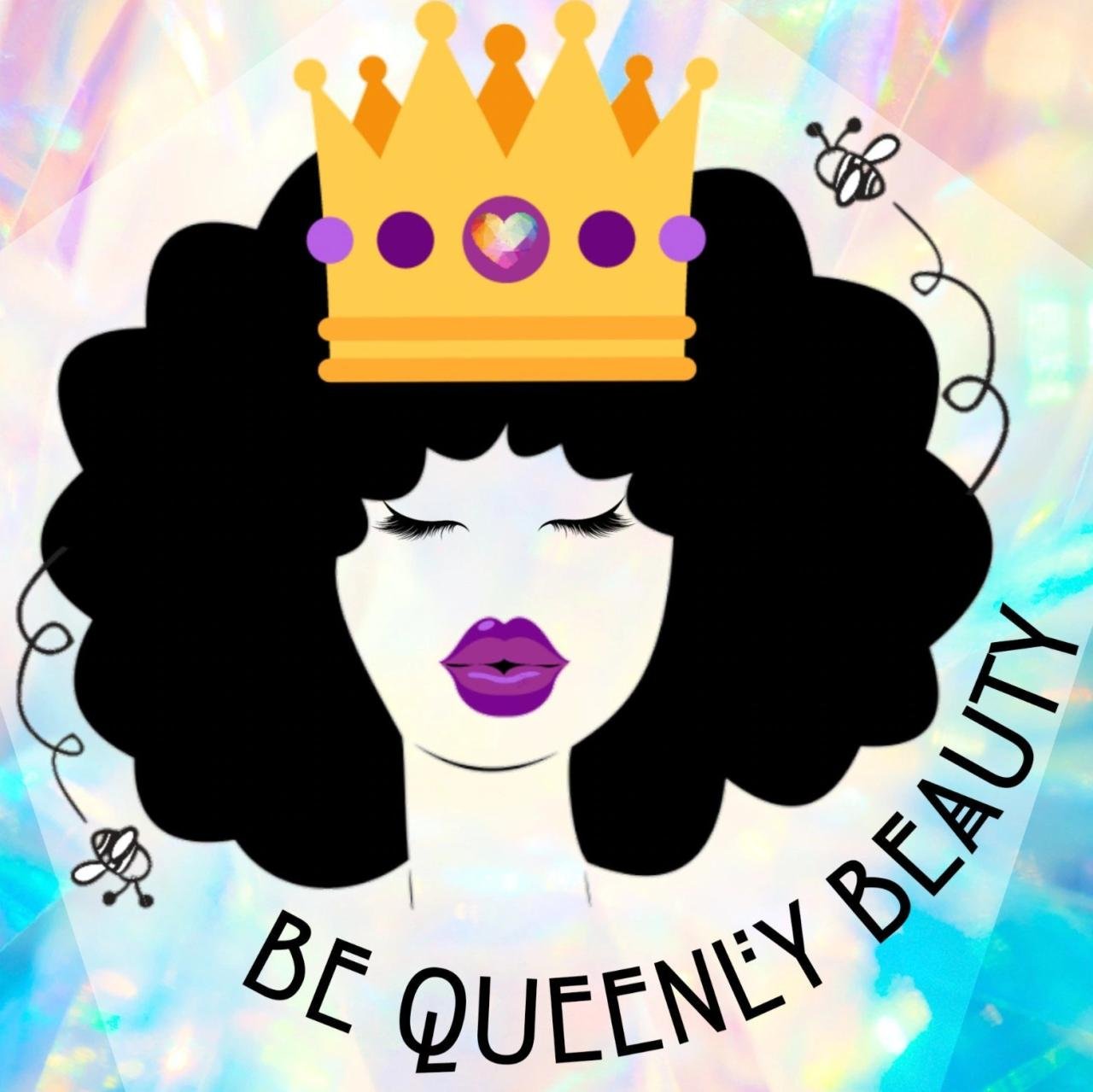
The modern era has witnessed a significant shift in royal beauty standards, moving away from the rigid and often unattainable ideals of the past. While historical royal beauty was heavily influenced by social, political, and cultural factors, contemporary royal beauty embraces a more diverse and inclusive approach, reflecting the changing values and aspirations of modern society.
Modern Royal Beauty Standards
Modern royal beauty standards have evolved to embrace a more natural and approachable aesthetic, prioritizing health, fitness, and a sense of authenticity over artificial enhancements. Royal figures today are increasingly seen as role models for their commitment to wellness, charity work, and personal style, reflecting a modern approach to beauty that emphasizes inner qualities and outward confidence.
Comparison with Historical Ideals
Modern royal beauty stands in stark contrast to historical ideals, which often emphasized a pale complexion, a slender figure, and a certain level of aloofness. While historical beauty standards were often restrictive and unattainable, modern royal beauty embraces diversity, individuality, and a more relaxed approach to style and appearance.
Influence of Social Media and Technology
Social media and modern technology have played a significant role in shaping contemporary royal beauty standards. Royal figures are now more accessible than ever before, allowing for greater transparency and interaction with the public. This increased visibility has led to a greater emphasis on authenticity and relatability, as well as a focus on promoting positive body image and mental health.
Examples of Contemporary Royal Figures
Several contemporary royal figures embody modern beauty standards.
- The Duchess of Cambridge, Kate Middleton:Known for her elegant yet approachable style, Kate Middleton embraces a natural look, often opting for minimal makeup and classic clothing. She is also an advocate for mental health awareness and has spoken openly about the challenges of motherhood, promoting a more relatable and humanized image of royalty.
- Meghan Markle:The Duchess of Sussex has challenged traditional royal beauty standards with her bold fashion choices, her embrace of her mixed-race heritage, and her outspoken advocacy for social justice. She represents a modern vision of royal beauty that is both inclusive and empowering.
- Queen Letizia of Spain:Known for her sophisticated style and her commitment to sustainability, Queen Letizia embodies a modern approach to royal beauty that prioritizes elegance, confidence, and a sense of purpose.
Concluding Remarks
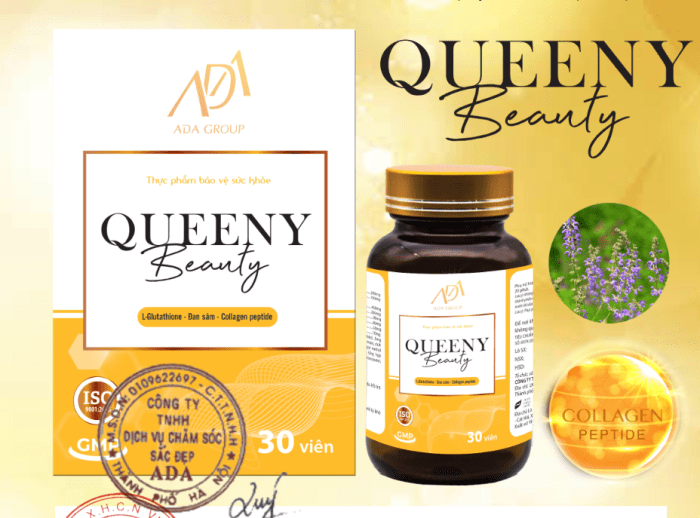
As we journey through the captivating history of royal beauty, we discover that it is more than just a superficial concept. It is a powerful reflection of cultural values, a testament to the enduring allure of power, and a window into the evolution of human ideals.
From the grandeur of ancient courts to the modern-day influence of social media, the story of royal beauty continues to inspire, fascinate, and challenge our understanding of beauty itself.
FAQ Section: Royal Beauty
What are some examples of royal figures who used their beauty to advance their political or social agendas?
Throughout history, numerous royal figures have strategically utilized their beauty for political and social gains. Cleopatra, for example, employed her allure to influence Roman leaders, securing alliances and furthering her own power. Similarly, Queen Elizabeth I of England cultivated an image of regal elegance and intelligence, using her beauty to solidify her authority and project an image of strength.
How has royal beauty influenced fashion trends?
Royal fashion has always been a powerful force in shaping broader societal trends. From the elaborate hairstyles and opulent gowns of Renaissance courts to the modern-day influence of royal weddings, royal style has inspired designers and fashion enthusiasts alike.
The influence of royal beauty extends beyond the realm of clothing, impacting makeup, jewelry, and even hair care practices.